Field Reports: 2024 Duck Production Outlook
An overview of habitat conditions across North America’s most important waterfowl breeding areas
An overview of habitat conditions across North America’s most important waterfowl breeding areas
By DU Field Biologists
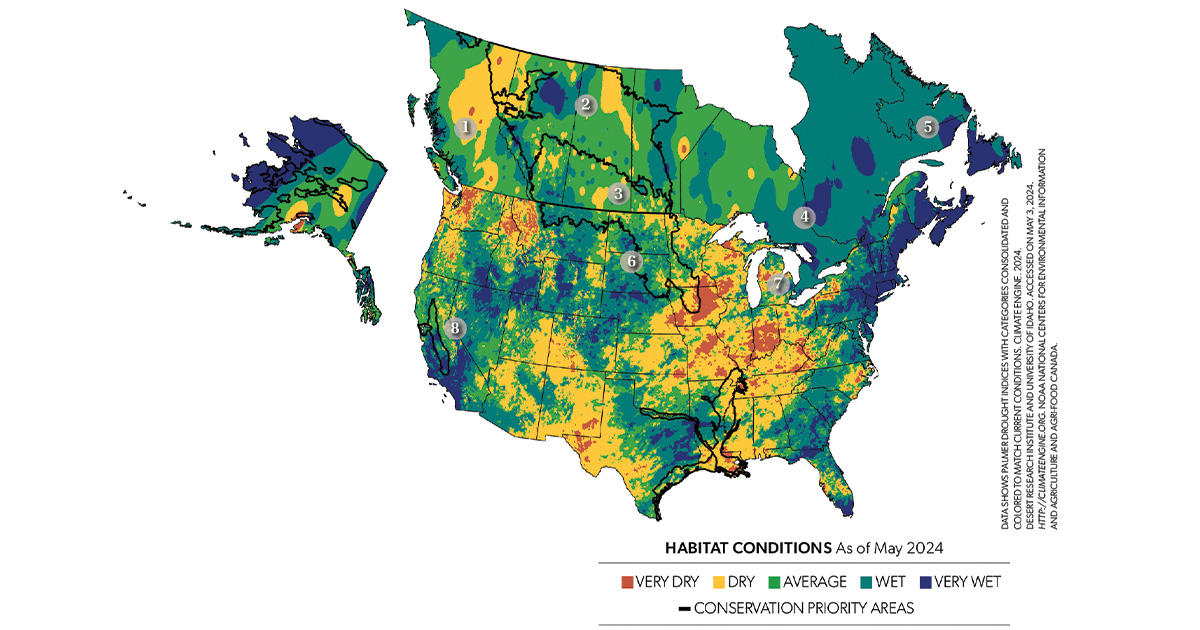
Despite beneficial spring rainfall, much of British Columbia remains dry due to below-average winter snowfall. With shallow, seasonal wetlands in short supply, returning waterfowl congregated on larger, permanent water bodies, and many birds likely continued migrating north in search of more favorable habitat.
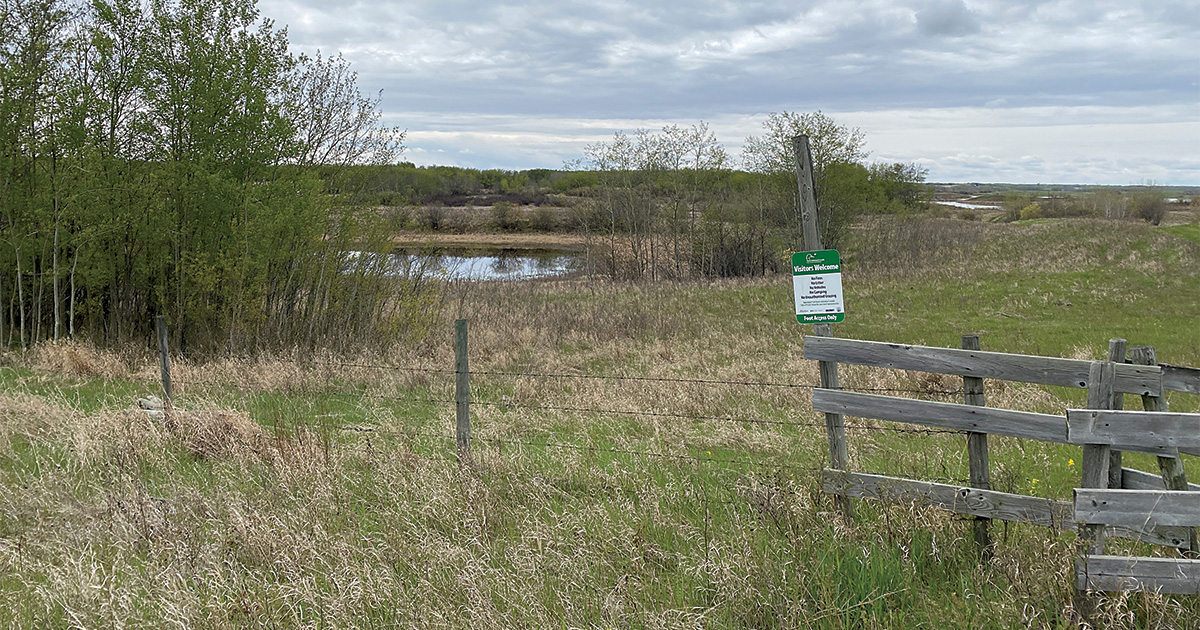
Temperatures were above average this spring in the Western Boreal Forest, and dry conditions persist across much of this vast region. A notable exception is the Yukon, where abundant precipitation has filled wetland basins, providing good habitat for breeding waterfowl. The threat of wildfires remains elevated in many areas and could worsen this summer.
Although much of Prairie Canada is still classified in long-term drought, timely spring rainfall has improved soil moisture levels and wetland conditions in the region. In April and May, some locations received 200 percent of average precipitation for that time period, recharging or partially filling wetland basins that had been dry earlier in the season. Upland conditions have also improved in many areas, which should benefit ground-nesting birds. Good numbers of waterfowl appear to have settled in areas with favorable habitat, and the first mallard broods were observed by DU field staff in late May.
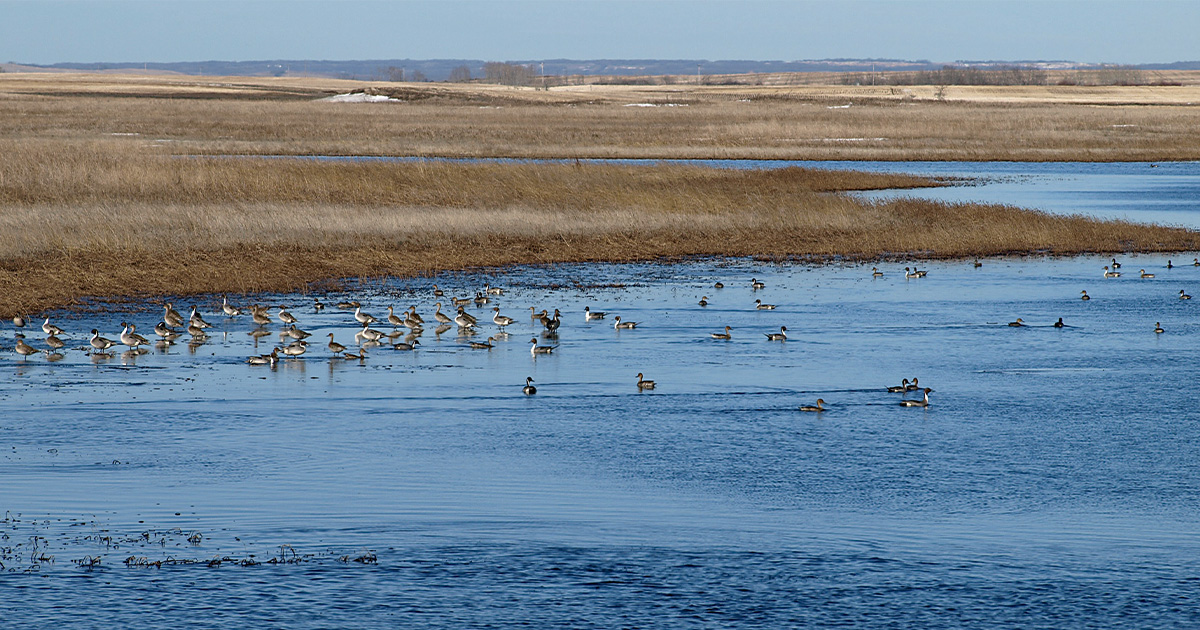
Temperatures were above average this spring across central Canada, which appeared to accelerate waterfowl migration and breeding activities. Except for a few dry pockets in Ontario, the region has received average or above-average precipitation, filling many wetlands to capacity. Water levels and flows along major waterways such as the Ottawa and St. Lawrence Rivers have remained within or below average levels, which should benefit nesting birds in low-lying areas.
Spring arrived early in Atlantic Canada this year as slightly above-average temperatures prevailed. Precipitation has been below average in some areas, resulting in fire bans. Water levels in most of the region’s wetlands are sufficient to provide suitable habitat for breeding waterfowl, and numerous Canada goose and mallard broods were observed in late May.
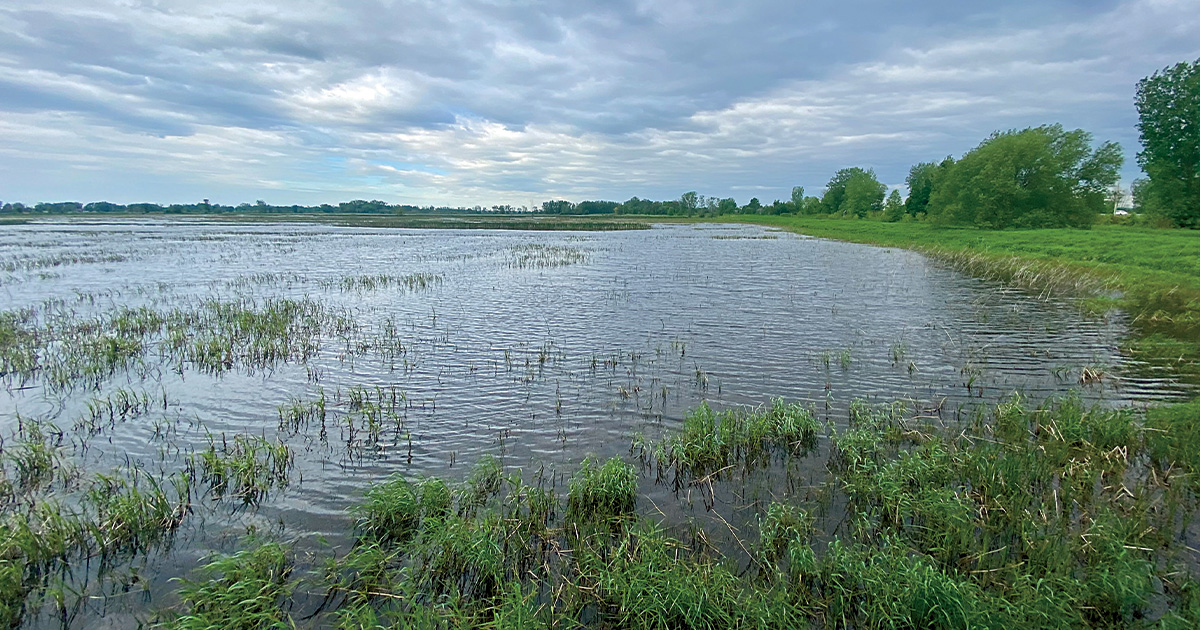
Much-needed spring rainfall has improved wetland conditions and the growth of upland nesting cover across the Dakotas and northeastern Montana. While dry conditions in early spring may have impacted where early nesters settled, DU biologists are encouraged by the response of breeding waterfowl in areas with improved habitat. Additional precipitation will be needed to maintain many wetlands through the breeding period.
Much-needed precipitation has improved habitat conditions across much of the Great Lakes and northeastern United States, with only pockets of abnormally dry and moderate drought remaining. Wetlands should be sufficient in both regions to support renesting waterfowl and broods throughout the breeding period.
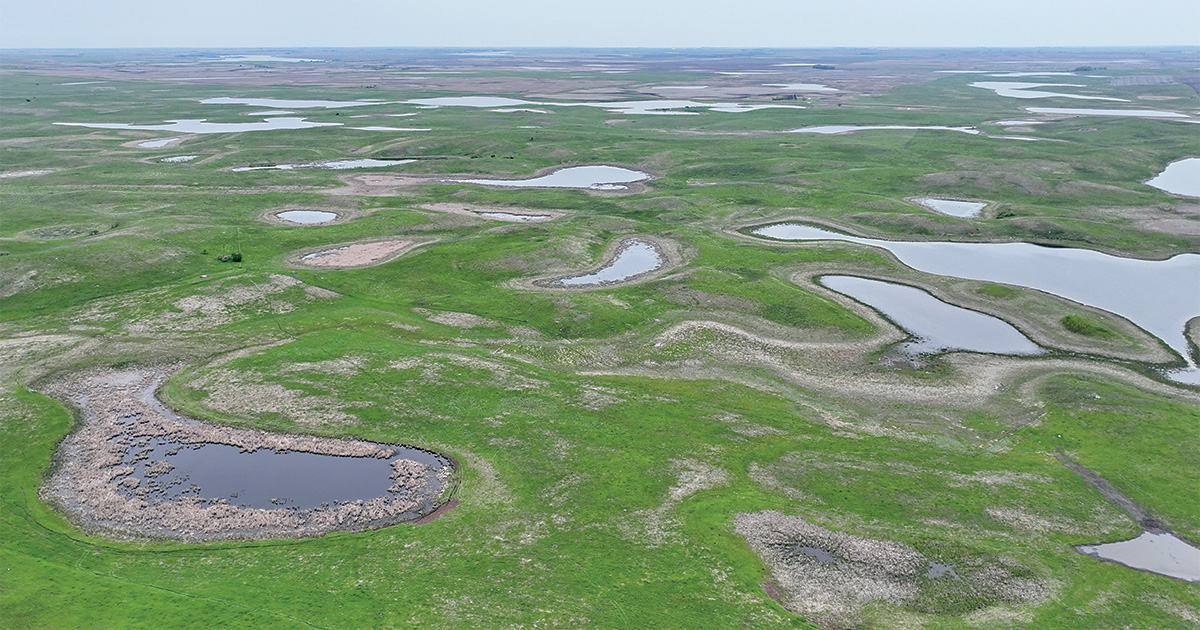
Waterfowl habitat conditions remain in good shape across the West. In California, reports indicate that breeding mallard numbers are up significantly. In Alaska, habitat conditions are variable. The interior of the state is drier than average while other areas have received typical or slightly above-average spring precipitation.
Ducks Unlimited uses cookies to enhance your browsing experience, optimize site functionality, analyze traffic, and deliver personalized advertising through third parties. By continuing to use this site, you agree to our use of cookies. View Privacy Policy